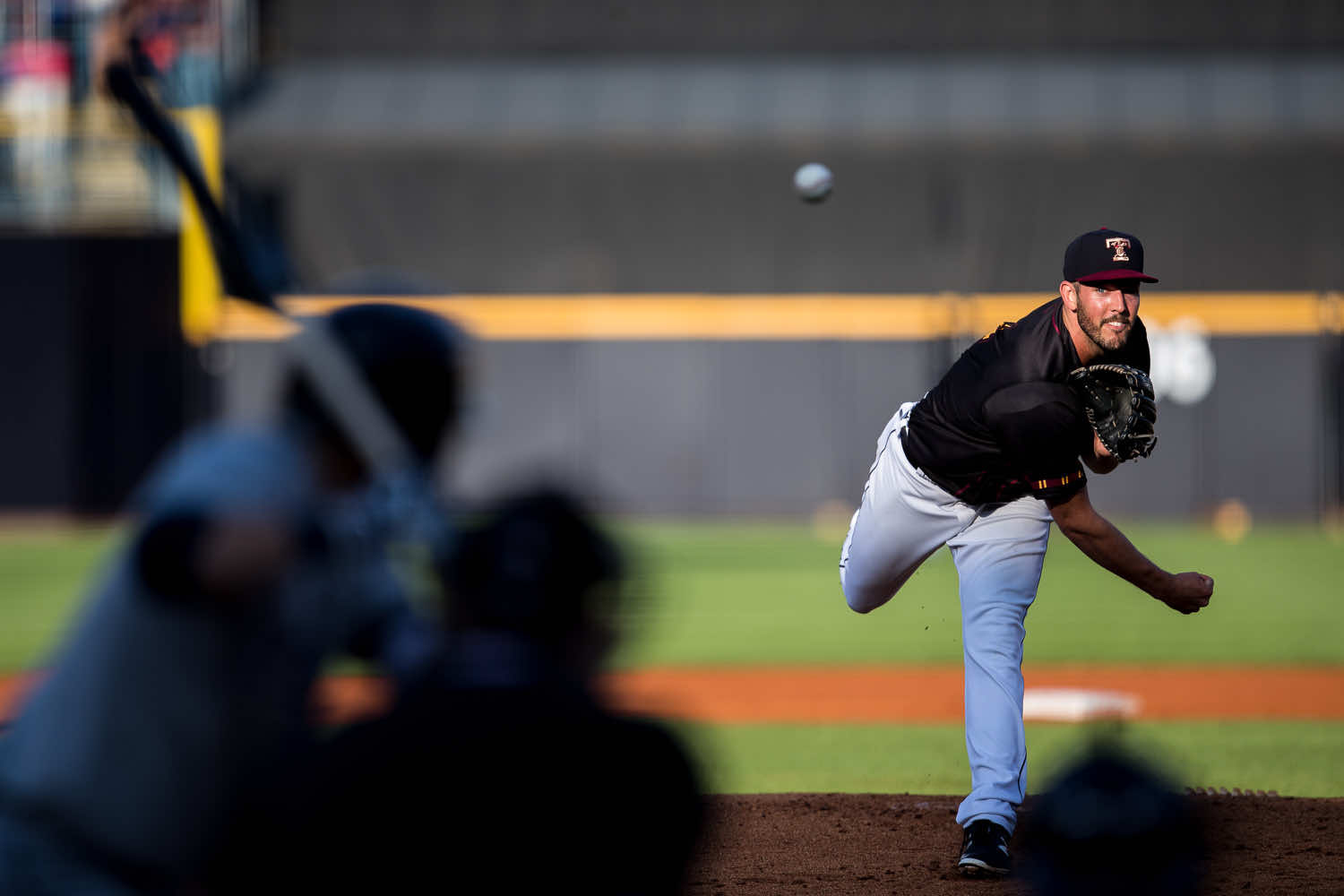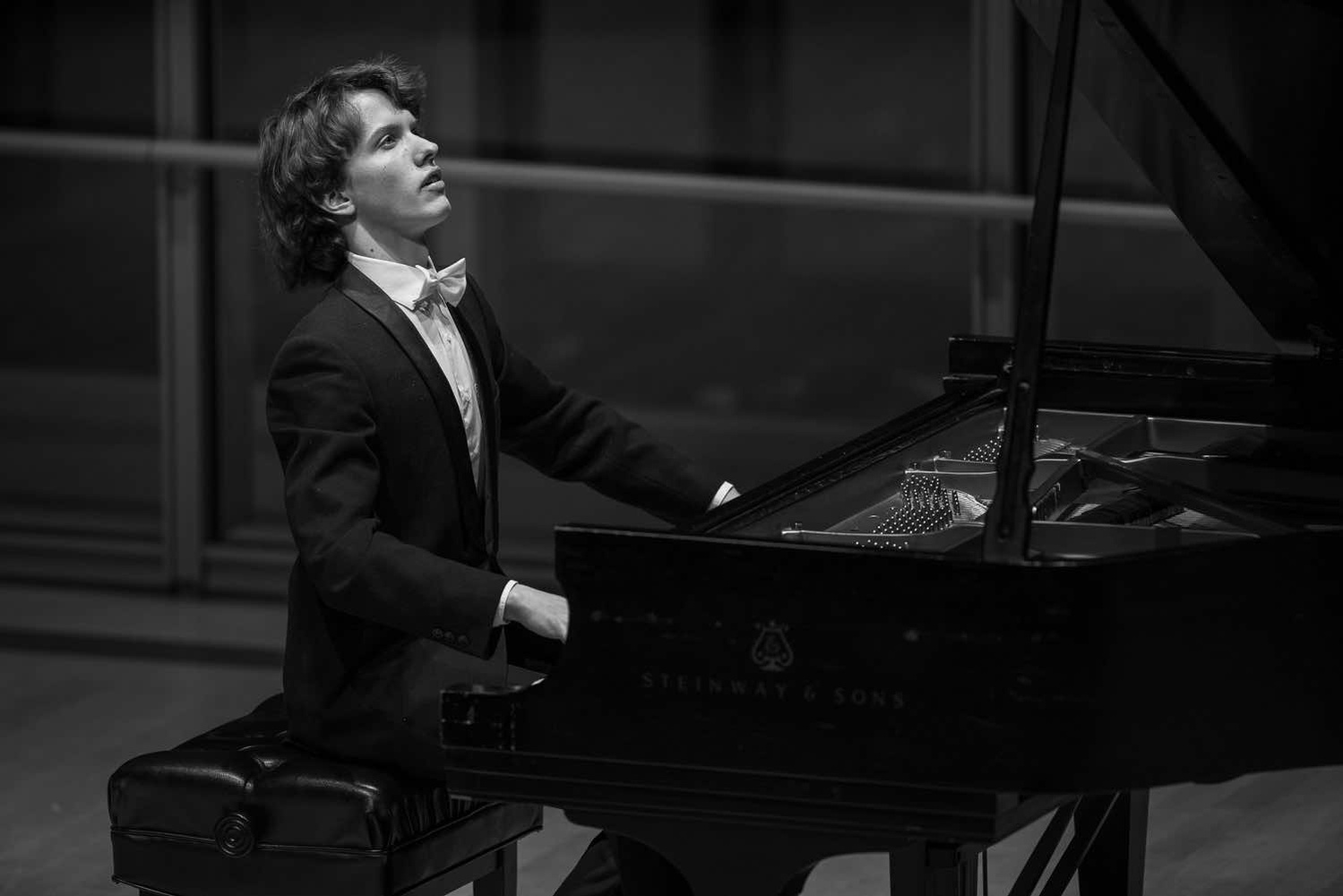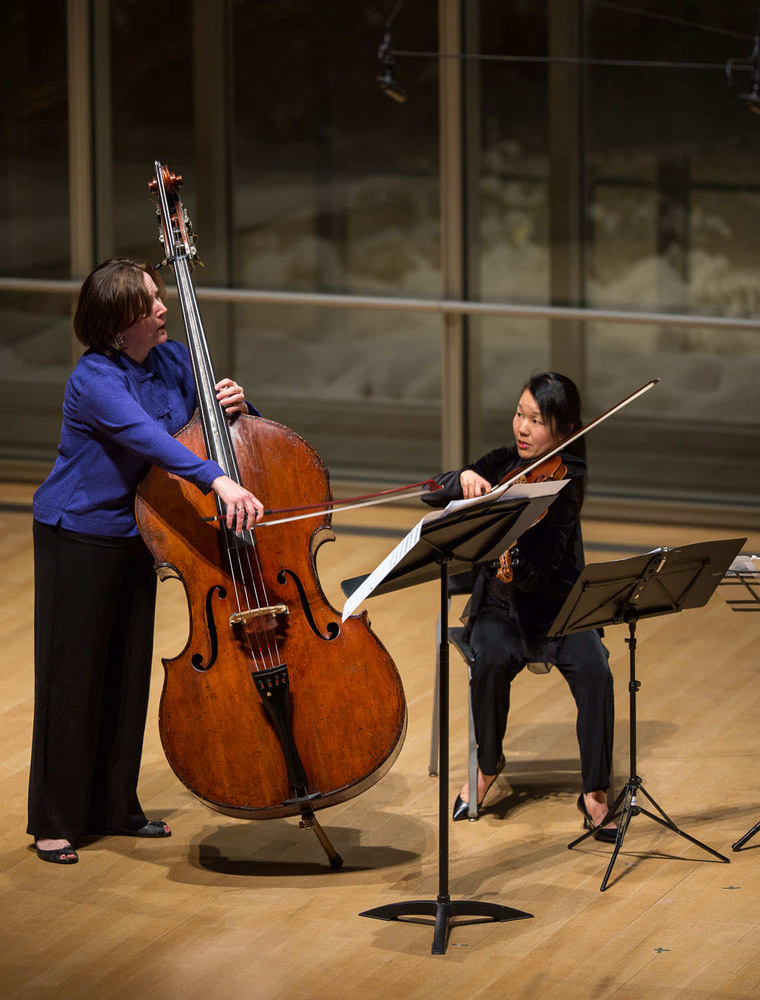You're probably not using about 100% of your camera's capabilities. Canon has quietly embedded a treasure trove of advanced features that could revolutionize your photography—features so specialized, most photographers never discover them.
These aren't gimmicky additions designed to pad spec sheets. These are legitimate, practical tools that solve real-world problems photographers face every day. From eliminating flicker in LED-lit environments to capturing the perfect focus stack automatically, these features represent Canon's decades of engineering expertise distilled into solutions you didn't even know you needed.
What makes this particularly interesting is how Canon has democratized professional-level functionality across their lineup. Features that once required expensive specialized equipment or tedious post-processing workflows are now accessible through simple menu toggles on entry-level cameras all the way up to the flagship EOS R1. Not all of these features are available on all models, though, so be sure to check your menu.
1. Anti-Flicker and High-Frequency Anti-Flicker Shooting: The LED Killer
Every sports photographer knows the frustration: you're shooting under stadium lights at 1/2,000 second, and half your burst sequence comes back dark or striped with banding. The culprit isn't your technique—it's the invisible flicker of modern LED lighting systems that pulse hundreds or thousands of times per second, creating inconsistent exposures that can ruin critical moments.
Canon's Anti-Flicker Shooting technology addresses this by measuring the ambient light cycle and synchronizing shutter releases with peak output. The camera detects 50-60 Hz light sources and automatically times the shutter release to coincide with the brightness peaks of the flicker cycle. But Canon took this further with High-Frequency Anti-Flicker shooting on cameras like the EOS R5 Mark II, extending this capability to address ultra-fast flickering.

The practical impact is transformative for arena sports, concert photography, and any situation with artificial lighting. Imagine shooting a basketball game where every frame in your 30 fps burst is perfectly exposed, or capturing a musician under stage lighting without the lottery of hoping your shutter timing aligns with the lighting peaks. This isn't just about technical perfection; it's about never missing the decisive moment because your camera fought the lighting instead of working with it.
2. Focus Bracketing: Automated Perfection for Critical Sharpness
Focus stacking has long been the domain of macro specialists and landscape photographers who demand front-to-back sharpness impossible with traditional depth of field. But the manual process—adjusting focus in tiny increments, taking dozens of shots, hoping nothing shifted—was tedious enough to limit its practical application. Canon's Focus Bracketing automates this entire workflow with surgical precision.
Focus bracketing allows the camera to take a series of shots in rapid succession, automatically shifting the focus distance between each frame. These images can then be combined to produce one final photo that’s sharply focused across an extended depth of field. The system allows you to define start and end focus points, set the number of shots (up to 999), and specify focus increment steps. The camera handles the rest, methodically stepping through the focus range while maintaining consistent exposure and framing.
The latest implementation on cameras like the EOS R5 Mark II and EOS R7 includes in-camera depth compositing, processing your focus stack into a final image without requiring post-processing software. Both the depth-composited image and the source images are saved, giving you flexibility in your workflow. The system even includes exposure smoothing to compensate for brightness changes that occur as focus shifts through different distances.
Real-world applications extend far beyond traditional macro work. Product photographers can achieve impossibly sharp results across complex three-dimensional objects. Landscape photographers can maintain sharpness from immediate foreground elements to distant peaks without stopping down to diffraction-inducing apertures. Scientific and technical photographers can document specimens or equipment with clinical precision. The key insight is that Focus Bracketing transforms focus stacking from a specialized technique into a routine tool for any situation where maximum sharpness matters more than shooting speed.
3. Panning Assist: Keeping Subjects Sharp in Motion Blur
Panning—that classic technique of following a moving subject with a slow shutter speed to create motion blur in the background while keeping the subject sharp—is one of photography's most challenging skills to master. The difference between a compelling image and a blurry mess often comes down to millimeters of camera movement and split-second timing. Canon's Panning Assist feature provides an electronic safety net for this demanding technique.
When enabled, Panning Assist modifies the autofocus and IBIS behavior to keep the subject in the same place in the frame during lateral camera movement. The feature proves invaluable when shooting racing cars, cyclists, birds in flight, or any situation where you want to convey motion through controlled blur. Picture capturing a Formula 1 car exiting a turn—traditionally, you'd nail focus on the car, begin panning before it enters your frame, and your tracking stays true throughout the exposure. With Panning Assist engaged, the camera actively helps maintain this, dramatically improving your success rate.
The subtlety of this feature lies in its selective application. It intelligently assists with subject tracking specifically during detected panning movements. The result is cleaner subject isolation and more dramatic motion blur effects that would be difficult to achieve consistently through manual technique alone.
4. Blackout-Free Display: Continuous Visual Contact
High-speed burst photography traditionally came with a significant visual penalty: the electronic viewfinder would black out between frames, leaving photographers blind to their subject's movement during critical moments. This blackout effect, while brief, could mean the difference between tracking a bird through its flight path and losing it entirely during a 20 fps burst sequence.
With certain models, continuous shooting using the electronic shutter offers a blackout-free display, so the viewfinder remains live and uninterrupted—helping you maintain clear focus on your subject during high-speed bursts. Canon's Blackout-Free Display technology maintains continuous live view even during rapid-fire shooting, with visual indicators (like flashing frame borders) to confirm image capture without interrupting the view.

5. Reverse Display: Mirror Mode for Self-Facing Shooting
The rise of vlogging, self-portraits, and content creation has created new challenges for camera ergonomics. When the camera faces you, the traditional left-right relationship becomes inverted—moving your hand left makes the image move right, creating a counterintuitive relationship that makes precise framing nearly impossible.
Canon's Reverse Display feature on cameras like the EOS R50 addresses this by horizontally flipping the rear LCD image when the camera is rotated toward the user. Reverse Display flips your rear LCD image horizontally, so when the camera is facing you, left and right feel intuitive—like looking in a mirror. This simple change transforms self-shooting from a guessing game into a natural, mirror-like experience.
The feature proves particularly valuable for content creators who need precise framing while recording themselves. Whether you're demonstrating a product, conducting an interview, or simply ensuring proper composition for a self-portrait, the reversed display eliminates the cognitive dissonance of inverted controls. Touch gestures and manual adjustments correspond naturally to what you see on screen.
Beyond vlogging, this feature benefits any situation where you need to shoot with the camera facing toward you: group shots where you're included, architectural photography where you're photographing yourself within a space, etc.
6. Dual Shooting: Capturing Stills While Recording Video
The artificial division between photography and videography has become increasingly obsolete in the modern content creation landscape. Projects routinely require both high-quality stills and smooth video footage, often captured simultaneously. Canon's Dual Shooting feature eliminates the compromise between these mediums by allowing full-resolution still capture during video recording without interruption.
You can capture still photos—either single shots or in bursts—by fully pressing the shutter button, all without interrupting ongoing video recording. This enables you to capture high-quality still images directly during video recording, offering better image quality than simply pulling frames from recorded footage. The system allows camera like the EOS R5 Mark II capture stills at resolutions up to 7680×4320 (8K) while maintaining Full HD video recording, providing print-quality images alongside broadcast-ready footage.

This capability transforms event photography, weddings, corporate videos, and documentary work. Imagine covering a wedding ceremony where you need both smooth video footage of the vows and high-resolution stills of key moments—all captured simultaneously without missing a beat. Or consider corporate events where you need video content for social media and high-resolution photos for print materials. Dual Shooting eliminates the need to choose between mediums or attempt frame extraction from video.
7. Dual Pixel RAW: Post-Processing Superpowers
Canon's Dual Pixel CMOS technology, originally developed for autofocus, contains an unexpected bonus for image quality: each pixel consists of two photodiodes that can be read separately. When Dual Pixel RAW is enabled, the camera records both sub-images, creating files with embedded depth and parallax information that enables extra post-processing control.
When Dual Pixel RAW is activated, the camera captures and preserves data from both halves of every dual pixel. This parallax-based information allows for subtle, pixel-level fine-tuning and adjustments to still images during post-processing. This data allows for micro-adjustments that were previously impossible: fine-tuning the plane of focus by fractions of millimeters, reducing ghosting and flare, and making subtle bokeh adjustments.
Processing these files in Canon's Digital Photo Professional software reveals controls that seem almost magical: you can shift the focus plane slightly forward or backward, reduce specific types of aberrations, and even make minute adjustments to background blur characteristics. The adjustments are subtle but can mean the difference between a near-miss and perfection in critical work.
The feature proves most valuable in high-stakes situations where perfection matters: wedding photography where you can't reshoot the moment, product photography with challenging reflections, or portrait work where precise focus placement is critical. The trade-off is significantly larger file sizes and processing requirements, making this a tool for specific situations rather than everyday use. But when you need that extra level of control, Dual Pixel RAW provides adjustment capabilities that approach the flexibility of traditional view camera movements.
8. Dust Delete Data Appending: Automated Sensor Cleaning
Sensor dust is arguably photography's most persistent annoyance. Despite advances in self-cleaning systems, particles inevitably accumulate on the sensor, creating spots that plague images and require tedious post-processing removal. Canon’s Dust Delete Data Appending feature streamlines sensor cleaning by embedding a dust map into each RAW file. When processed in Canon’s Digital Photo Professional software, this map is used to automatically detect and remove dust spots from your images. The system works by capturing a reference image with the shutter closed, mapping any dust spots on the sensor, and embedding this information into subsequent image files.
When processing images, the embedded dust map enables automatic spot removal with a single click. Instead of manually identifying and cloning out each dust spot across hundreds of images, the software uses the embedded map to automatically identify and eliminate sensor dust with pixel-perfect accuracy. The time savings for high-volume photographers are enormous. Landscape photographers shooting hundreds of images per day, wedding photographers processing large numbers of images under deadline pressure, or any photographer dealing with dusty conditions can eliminate one of post-processing's most tedious tasks. The system works transparently—once enabled, every image carries its own dust removal instructions, creating a seamless workflow that eliminates a major pain point in digital photography.
9. Pre-Continuous Shooting: Capturing the Past
Human reaction time is the photographer's eternal limitation. By the time we recognize a decisive moment and press the shutter, it's often already past. Canon's Pre-Continuous Shooting feature addresses this fundamental constraint by essentially allowing you to photograph the past—capturing frames that occurred before you fully pressed the shutter button.
With this feature, cameras like the EOS R3 begin capturing images in continuous shooting mode as soon as the shutter button is pressed halfway. By the time you fully press the button, the camera has already recorded moments leading up to the shot, helping you capture decisive action even before you react. The camera continuously fills its buffer while you half-press the shutter, and when you fully press, it saves both the pre-captured frames and continues shooting forward. The pre-continuous shooting function records up to 15 frames from the moments leading up to a full shutter press, then keeps capturing images while the button is held—stopping only when you release it or the buffer fills.
This technology transforms challenging scenarios. Wildlife photographers can capture the exact moment a bird launches into flight, even if their timing is slightly late. Sports photographers can catch the precise instant of contact between bat and ball, regardless of human reaction time. Street photographers can capture spontaneous expressions that would otherwise be missed.
This feature lets the photographer press the shutter button halfway to begin temporarily storing images in the camera’s internal buffer. When the button is fully pressed, the camera captures not only the moment of the click but also the images from up to half a second before, ensuring you don’t miss a critical instant. The feature effectively provides a half-second safety net, capturing approximately 15 frames at 30 fps that occurred before your conscious decision to take the shot. Instead of trying to anticipate action, you can respond to it and still capture its beginning.
10. Shutter at Shutdown: The Silent Option
In environments where silence is paramount—wildlife photography, theater, religious ceremonies—even the small sound of a mechanical shutter closing during camera shutdown can be disruptive. Canon's Shutter at Shutdown setting provides control over this often-overlooked noise source.

This seemingly minor adjustment can be crucial in specific scenarios. Imagine photographing in a concert hall where any mechanical noise during quiet passages would be inappropriate, or working in a wildlife blind where even small sounds might spook your subjects. Anyone working in acoustically critical environments benefits from this level of control.
The Hidden Power in Your Hands
The message is clear: explore your camera's deeper menu systems. Read the manual. Experiment with features that seem peripheral to your current shooting style. Your camera likely contains solutions to problems you face regularly that you just haven't discovered them yet. The next time you pick up your Canon camera, remember: you're holding a sophisticated imaging computer that happens to be disguised as a traditional camera. Take the time to discover what it can really do—you might be surprised by the capabilities that have been waiting patiently in the menus all along.







Nothing new here! We don't just buy them to set them on a shelf. I'm aware of all of this already.
It will also become obsolete after a few years when Canon abandons that lens mount. Forcing you to purchase new Canon gear. "Planned Obolescences" !
Canon kept the same mount from 1959 to 1987, nearly 30 years, then the EF for nearly 30 years and now the RF that allows 100% compatibility with ALL EF lemses. Nikon went through about 8 changes then trashed it all with the Z. Only about 30% of Nikon AF lenses work on Z cameras VS 100% of Canon EF lenses work on the RF cameras.
Even many Nikon AF DSLRS were incompatible with about 60% of Nikon AF lenses.
Except Canon wouldn't let EF-S lenses work on EF mount cameras. Nikon and Pentax (which has had the same K mount for 50 years) do allow crop lenses on FF cameras where they work in crop mode.
I still haven't forgiven them for making all my FD lenses obsolete ...
Although ... it seems that with their mirrorless cameras an adapter would be possible. Okay, let me run and play the lottery, so I can afford one of those full frame gems - can I also have built-in sensor autofocus plus image stabilisation, I wonder ...
EF lenses work fine with the adapter. And if they reach the end of the capabilities of a lens mount they have to change it, it’s called progress.
Yes, progress. But that does not per se exclude backwards compatibility, right?
With the adapter, it is backward compatible , for all EF and EF-s lenses. That’s pretty backward compatible in my book, EF goes back quite a long time.
A matter of perspective - I went Canon for the A1, when it was new, and I was over the moon when the T90 fixed all the omissions I found in the way the A1 worked. All my kit works as well as on the first day, and I never missed the new things, notably AF and IS. (Both could be implemented "in body" - and probably are.)
My distress came from the EF cameras not accepting FD lenses - for the R* series I can apparently get adapters (even though not from Canon, I am not too worried, since there are no optics involved.)
To me that all was not all that long ago. But then I also wonder what happened in those 25 years since we sorted the y2k stuff out ...
great article! I've used and enjoyed all of them except dual pixel raw (never actually tried dual pixel raw but I never saw a need). I love the reverse display feature! Just used it at Blackpink this past weekend. I've always hate mirrored selfies that people post (drives me nuts to see text or logos backwards). But the Canon way let's you have the best of both worlds. It's easy to frame you and your friends because it's mirrored like a smartphone. But the outputed image is normal so text, logos, etc. are shown correctly.
Tanks Alex. Something new always improves on that something old we love to hang onto.
I learned a few things! Thanks. Check #9 - I don't think Pre-Continuous Shooting is available in the R3. It was introduced in the R5 Mark II.
Most folks do not know the focal plane on Canon bodies is the same for the new digital bodies.
You can use any FD lens in manual mode without any adapters.
I have a pristine Soligor 500mm mirror lens circa 1970's and it takes great photos from distance, great fit outdoor events and graduations.
Also leverage my lens collection from my FTbn and AE1.
Just for grits and shizzles y'all should publish a massive table of all these features for several manufacturers' devices. I know that there are sites out there like Camera Decision, but this would not duplicate that.